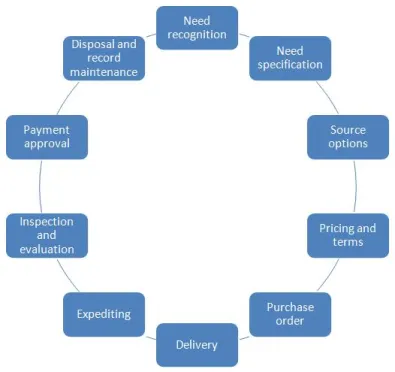A Comprehensive Guide to Employee Expense Reimbursement Compliance
- donnariekepro
- Jul 17, 2024
- 3 min read
Employee expense reimbursement is a crucial aspect of financial management in any organization. Ensuring compliance in this process is essential to avoid legal issues, maintain financial accuracy, and foster employee trust. This guide will walk you through the key steps to achieving comprehensive compliance in employee expense reimbursement.
Understanding Expense Reimbursement Compliance
Expense reimbursement compliance involves adhering to relevant laws, regulations, and internal policies when reimbursing employees for work-related expenses. Non-compliance can lead to financial discrepancies, audits, and potential legal penalties. Therefore, it's vital to establish a robust reimbursement policy and enforce it consistently.
Step 1: Establish Clear Reimbursement Policies
Creating a clear and comprehensive reimbursement policy is the foundation of compliance. Your policy should outline:
Eligible Expenses: Specify what types of expenses are reimbursable, such as travel, meals, lodging, and office supplies.
Submission Deadlines: Set deadlines for submitting reimbursement requests, typically within 30 days of incurring the expense.
Required Documentation: Detail the necessary documentation, such as receipts, invoices, and expense reports.
Approval Process: Define the approval hierarchy and process for reviewing and approving reimbursement requests.
Reimbursement Rates: Include any specific rates or limits, such as per diem rates for meals and lodging.
Step 2: Educate Employees
Ensure that all employees are well-informed about the reimbursement policy. Provide training sessions, create detailed guides, and make the policy easily accessible. Regularly update employees on any changes to the policy.
Step 3: Implement Robust Expense Management Software
Using expense management software can streamline the reimbursement process and enhance compliance. These systems can automate expense reporting, ensure accurate data entry, and provide real-time tracking of expenses. Key features to look for include:
Automated Approval Workflows: Automate the approval process to ensure timely and consistent review of expenses.
Receipt Scanning: Allow employees to easily upload and attach receipts to their expense reports.
Policy Enforcement: Automatically flag non-compliant expenses and enforce policy limits.
Real-time Reporting: Generate reports to monitor expense trends and identify potential compliance issues.
Step 4: Conduct Regular Audits
Regular audits are essential to ensure ongoing compliance. Conduct both random and scheduled audits to review expense reports, verify receipts, and ensure adherence to the reimbursement policy. Audits help identify discrepancies, prevent fraud, and maintain financial accuracy.
Step 5: Maintain Accurate Records
Accurate record-keeping is crucial for compliance. Ensure that all expense reports, receipts, and related documentation are stored securely and can be easily retrieved for audits or reviews. Digital storage solutions, integrated with your expense management software, can simplify this process.
Step 6: Address Non-compliance Swiftly
When non-compliance issues are identified, address them promptly. Investigate the root cause, whether it's due to misunderstanding, oversight, or intentional misconduct. Provide additional training if needed, and take disciplinary action for repeat offenders.
Step 7: Stay Updated on Regulations
Expense reimbursement regulations can vary by location and may change over time. Stay informed about relevant tax laws, labor regulations, and industry standards. Regularly review and update your reimbursement policy to reflect any changes in regulations.
Benefits of Compliance
Maintaining compliance in employee expense reimbursement offers several benefits:
Legal Protection: Avoid legal issues and penalties associated with non-compliance.
Financial Accuracy: Ensure accurate financial reporting and budgeting.
Employee Trust: Foster a culture of transparency and trust among employees.
Efficiency: Streamline the reimbursement process, reducing administrative burden and processing time.
Audit Readiness: Be prepared for internal and external audits with well-documented and compliant records.
Conclusion
Achieving compliance in employee expense reimbursement is essential for the financial health and legal standing of your organization. By establishing clear policies, educating employees, using robust software, conducting regular audits, and staying updated on regulations, you can ensure a smooth and compliant reimbursement process. Implement these steps to enhance compliance and foster a culture of financial responsibility in your organization.
SITES WE SUPPORT
SOCIAL LINKS




Comments